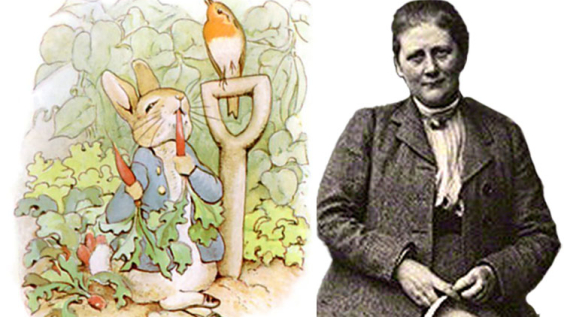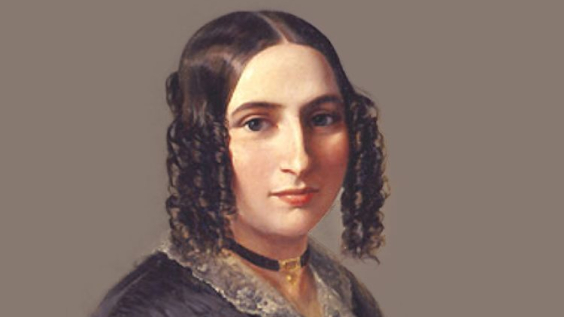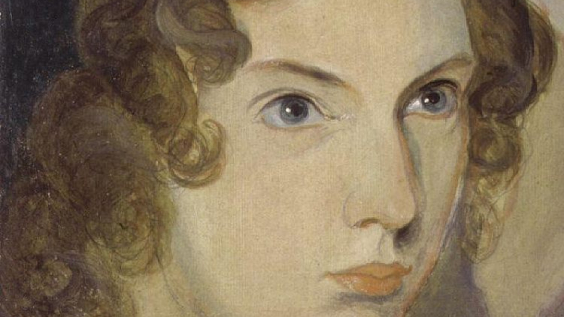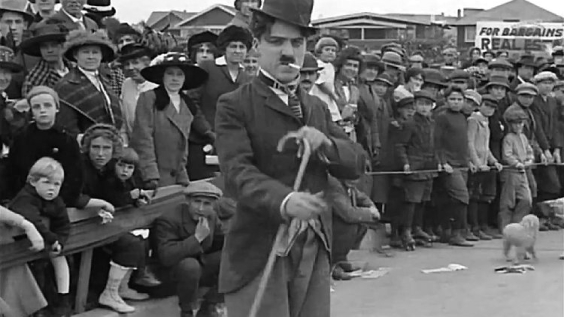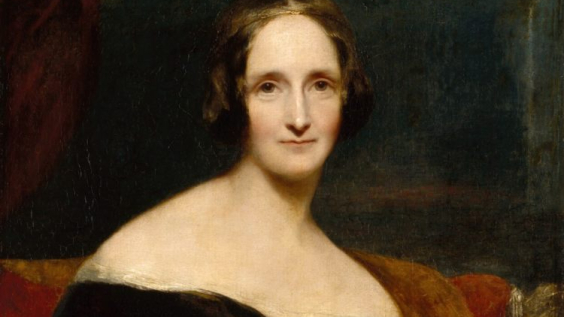
Despite the ‘Dark Ages’ myth, Anglo-Saxon England actually had an impressive wealth and sophistication, and books were prized possessions. The printing press was still centuries away and so the creation of each book required a painstaking amount of time and effort. Thus, those available became symbols of power and wealth and were highly-valued among the upper echelons of Anglo-Saxon society.
In what different ways did books hold such value and power during this period?
Valuable possessions
One of the most notable figures who placed high value on literature was King Alfred the Great. His famous beautifully-crafted jewel, the Alfred Jewel, is thought to have originally been the handle of his reading stick, used for pointing at words when reading.
We also know Alfred championed the making of books. In the mid 880s, Alfred summoned Asser, a Welsh monk from the monastery at St David’s, to write the Life of King Alfred – while the king was still alive.
Across his kingdom, Alfred also promoted the use of old English. He encouraged the translation of key words in older texts into the vernacular as well as the teaching of younger scribes in it. This promoting seems to have proven successful as old English texts and manuscripts became much more common following Alfred’s rule.

Codex Aureus, Folios 9 verso with portrait of Matthew and folio 11 recto with decorated text of the Gospel of Matthew starting at Matthew 1:18
Image Credit: Unknown 8th century artist or artists., Public domain, via Wikimedia Commons
Yet it was not just royalty that used books to symbolise their great power and wealth. A surviving Anglo-Saxon manuscript records the will of a Mercian woman named Wynflaed. It provides a remarkable insight into family inheritance at the time, recording how Wynflaed distributed her possessions to her children and certain religious houses.
Among the possessions she leaves to her children are her books, which she bequeaths to her daughter Aethelflaed. It is a remarkable piece of information demonstrating not only how high-ranking Anglo-Saxon women engaged with literature but also the importance placed on books during family inheritance.
In a time where books took lifetimes to create, manuscripts thus became important heirlooms among the higher levels of Anglo-Saxon society.
Books became the ideal ransom good
The value of Anglo-Saxon books meant they were highly prized by Viking invaders. You can see an example of this in the Codex Aureus, one of the most sumptuous surviving gospel books of the Anglo Saxon era. In the surviving text of the codex, it is mentioned that a noble Saxon family ransomed it from ‘the Great Heathen Army‘ during the mid-9th century.
 Listen Now
Listen NowSome of the pages in the book are dyed purple. In Anglo-Saxon times making purple dye required a painstaking process that included the obtaining of ink from sea slugs. It is also very likely that the manuscript originally had a golden, bejewelled cover.
So you start to get a sense of the painstaking effort put into the book’s creation, a sense of why it would be so attractive to the Vikings and of why the Saxon nobility presumably paid an extortionate sum to ransom it.
For the higher classes of Anglo-Saxon society, books were symbols of wealth – and the Vikings knew it.
The ‘political gifting’ of books
As books became symbols of wealth and power, many individuals soon transported them far and wide for a variety of reasons. Anglo-Saxon diplomacy sometimes included either the exchange or gifting of books.
A copy of Bede’s two texts on the Life of St Cuthbert includes a royal portrait of King Aethelstan, the first King of England who reigned in the early 10th century. The image is remarkable as it is the earliest surviving contemporary ‘portrait’ of an Anglo-Saxon king in a manuscript.
Yet most fascinating is what Aethelstan is depicted doing: he is holding a book and using it as part of a diplomatic transaction. The book is a gift to the community of St Cuthbert, who at the time were quite an influential body in Aethelstan’s newly-secured English kingdom. So this gift was likely intended to gain the community’s respect and allegiance.

Codex Amiatinus, portrait of Ezra, from folio 5r at the start of Old Testament
Image Credit: Public domain, via Wikimedia Commons
Go back 200 years to the time of the Codex Amiatinus and you have a somewhat similar story. This great Latin Bible was taken from Wearmouth Jarrow in the Kingdom of Northumbria to Rome in c.716 AD and was gifted to Pope Gregory II.
Books thus travelled far and wide throughout the Anglo-Saxon period and became the perfect gifts during acts of diplomacy. They were prestigious objects and reflected the importance of the written word to the upper echelons of Anglo-Saxon society.



